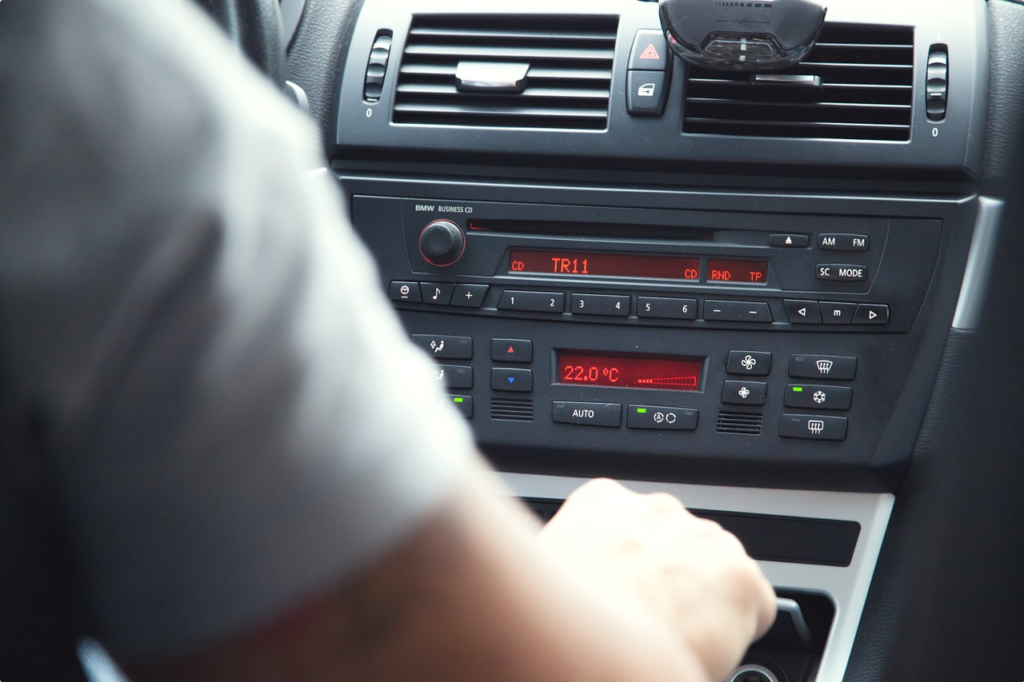The dangers of distracted driving are well-documented. Many states, including Virginia, have taken steps to ensure that drivers don’t engage in activities such as texting while they drive. Importantly, texting-and-driving is only one of many so-called “secondary tasks” that drivers perform behind the wheel.[1] The National Highway Transportation Safety Authority (“NHTSA”) defines these “secondary tasks” as communications, entertainment, information gathering and navigation tasks not required to drive.[2] This includes taking on a cell phone, reaching for objects inside the car, eating, drinking and a wide variety of other activities drivers engage in on a regular basis.

Performing secondary tasks while driving is dangerous for many reasons. They delay a driver’s reaction time, increase following distances, and decrease a driver’s visual scanning of his or her surrounding environment. Additionally, secondary tasks are dangerous for drivers because they can be “cognitively demanding,” which means that they prevent a driver from focusing their full attention on driving.[3] Given these facts, it is no wonder that performing secondary tasks leads to an increased risk of a driver being involved in an accident.
A recent study published by the New England Journal of Medicine identified a number of these secondary tasks and focused on the relationship between performance of these tasks and the ability to drive. The specific secondary tasks measured include:[4]
- talking on a cell phone;
- dialing a cell phone;
- reaching for a cell phone;
- reaching for an object inside the vehicle;
- sending text messages;
- using the internet;
- using the dashboard to adjust the radio, air conditioning, etc.;
- adjusting other controls such as the windows or rearview mirror;
- looking at a roadside object; eating;
- and drinking a nonalcoholic beverage.
The purpose of this study was to examine the degree to which different secondary tasks impacted the driving performance of both novice and experienced drivers. The study monitored 42 new drivers and 109 experienced drivers and tracked their driving habits over the course of 18-months. Though it may come as no surprise that the study found that novice drivers put themselves and others at risk by performing these secondary tasks, it also found that experienced drivers suffer from the effects of performing secondary tasks while they are behind the wheel.
Among drivers who had been licensed for three weeks or less, there were a number of secondary tasks that significantly increased the risk of a crash. The study found that dialing a cell phone had the greatest effect on a novice driver’s risk of getting in an accident. The other secondary tasks that were found to have a significant effect on a novice driver’s risk of crashing included: texting, reaching for an object other than a cell phone, looking at a roadside object, and eating.[5] Drinking nonalcoholic beverages and adjusting the controls inside the vehicle were not found to have a significant increase in a novice driver’s risk. The authors of the study, however, were quick to point out that any activity that takes a driver’s attention away from driving has the potential to cause an accident.
Among experienced drivers who had been driving between 5 and 34 years, the only secondary task that led to a significant increase in the risk of crashing was the act of dialing a cell phone. The other secondary tasks, talking on or reaching for a cell phone, reaching for an object other than a cell phone, looking at a roadside object, adjusting controls in the car, eating, and drinking nonalcoholic beverages were not shown to lead to an increased risk of crashing. There were not enough instances of experienced drivers texting or using the internet on their cell phones to determine whether that secondary task increased an experienced driver’s risk of an accident.
The attorneys of Allen, Allen, Allen & Allen have experience handling cases involving distracted drivers. If you or someone you know is injured by a driver performing a secondary task while driving call us for a free consultation. We will fight to get you the compensation you deserve.
About the Author: Jason Konvicka is an attorney at Allen & Allen where he is a member of their medical malpractice team. He also represents persons severely injured through the use of defective drugs and medical devices. Jason has achieved impressive verdicts and settlements for clients in wrongful death, traumatic brain injury, and tractor trailer accident cases. Mr. Konvicka is AV rated by Martindale-Hubble and is listed in Best Lawyers in America. He is a Certified Civil Trial Advocate by the National Board of Trial Advocacy and he has successfully argued before the Virginia Supreme Court and the Fourth Circuit Court of Appeals.
[1] Klauer, Sheila G. et al., Distracted Driving and Risk of Road Crashes among Novice and Experienced Drivers, New England Journal of Medicine, January 2, 2014.
A detailed explanation of the study and its complete resultscan be accessed and downloaded for free at: www.nejm.org/doi/full/10.1056/NEJMsa1204142 .
[2] https://www.federalregister.gov/articles/2012/02/24/2012-4017/visual-manual-nhtsa-driver-distraction-guidelines-for-in-vehicle-electronic-devices
[3] Id.
[4] Id.
[5] Id.



